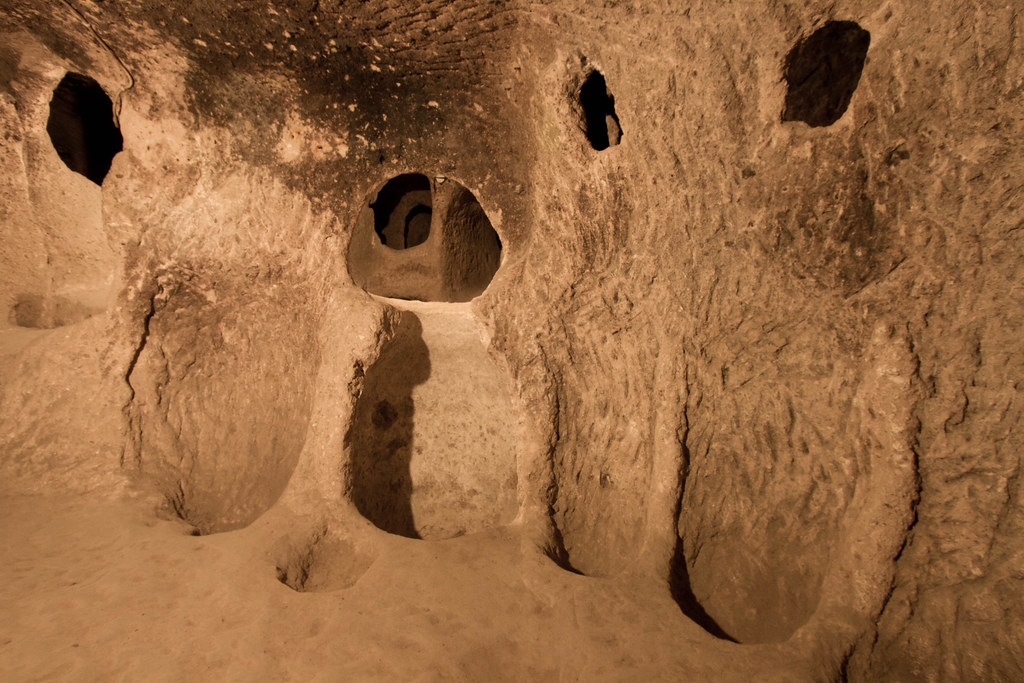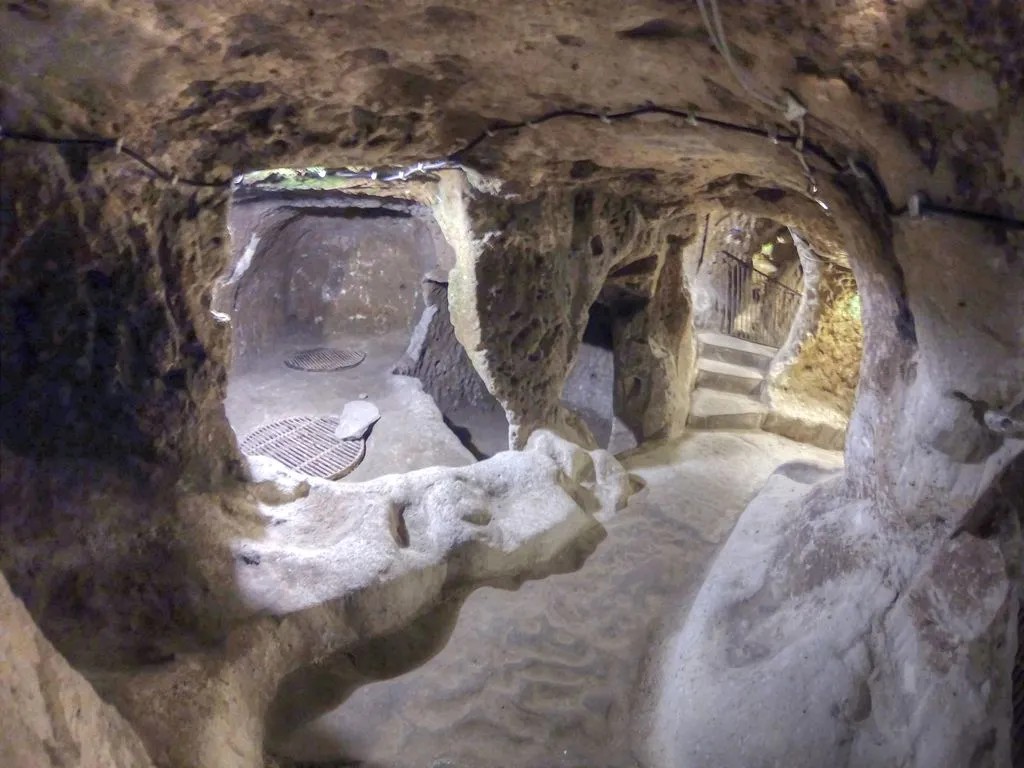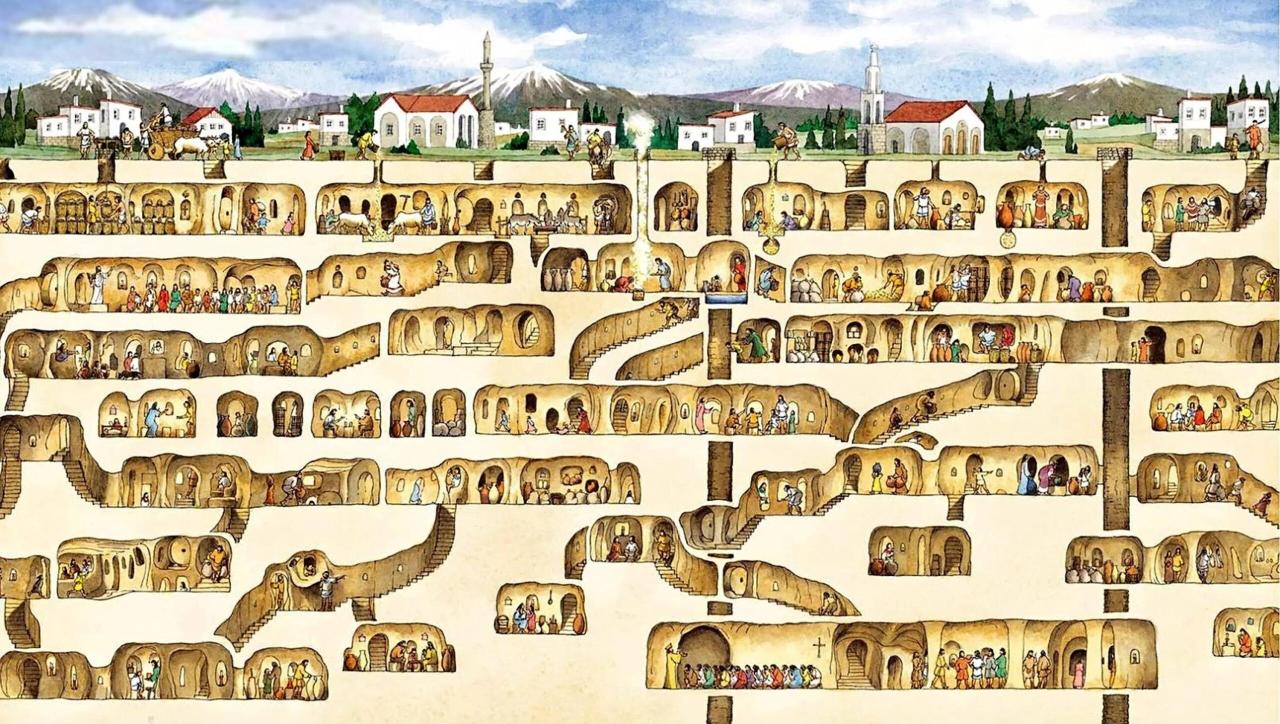
When a man in Nevşehir Province of Turkey demolished a wall in his basement in 1963, he stumbled upon a tunnel that led to an enormous underground city. Archaeologists who later explored the site revealed that the city of Derinkuyu was up to 18 stories deep and had everything needed for underground life, including schools, chapels, and even stables.

The underground city of Derinkuyu, located in Cappadocia, Turkey, has been abandoned for a long time, even though it may have housed up to 20,000 people in the past. The city was carved out of rock formed by volcanic ash deposits by the Phrygians, an ancient Indo-European speaking people who inhabited central-western Anatolia in antiquity. They started working on the city as early as the 8th–7th centuries BCE, according to a manuscript from around 370 BCE that describes the dwellings there as barely enough for a family, domestic animals, and food.

The historical region of Cappadocia, where Derinkuyu is situated, contains several historical underground cities that are part of a unique geological formation. On the Anatolia plateau in Turkey, a volcanic landscape sculpted by erosion features a succession of mountain ridges, valleys and pinnacles known as “fairy chimneys” or hoodoos. Göreme National Park and the Rock Sites of Cappadocia cover the region between the cities of Nevşehir, Ürgüp and Avanos, the sites of Karain, Karlık, Yeşilöz, Soğanlı and the subterranean cities of Kaymaklı and Derinkuyu.










